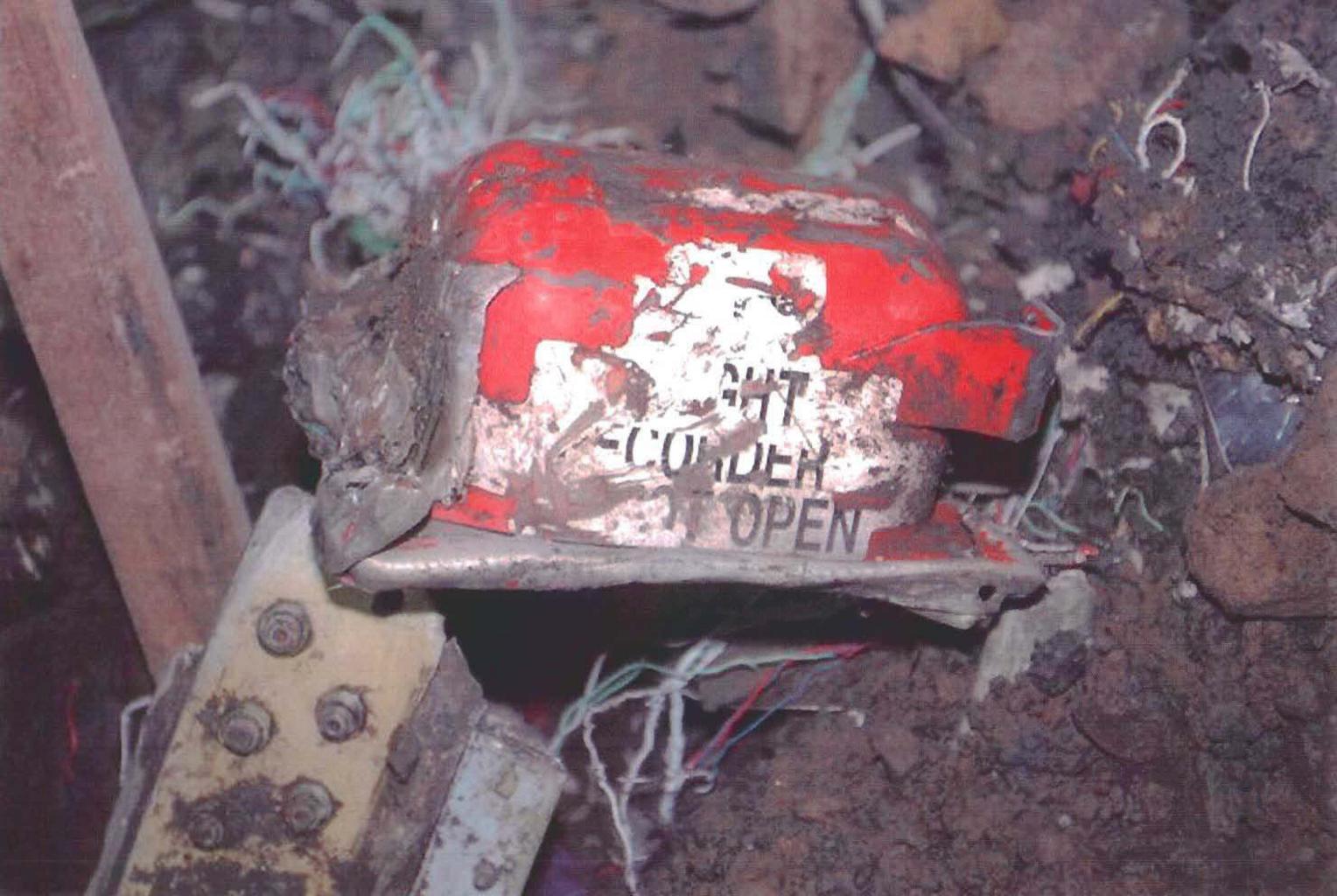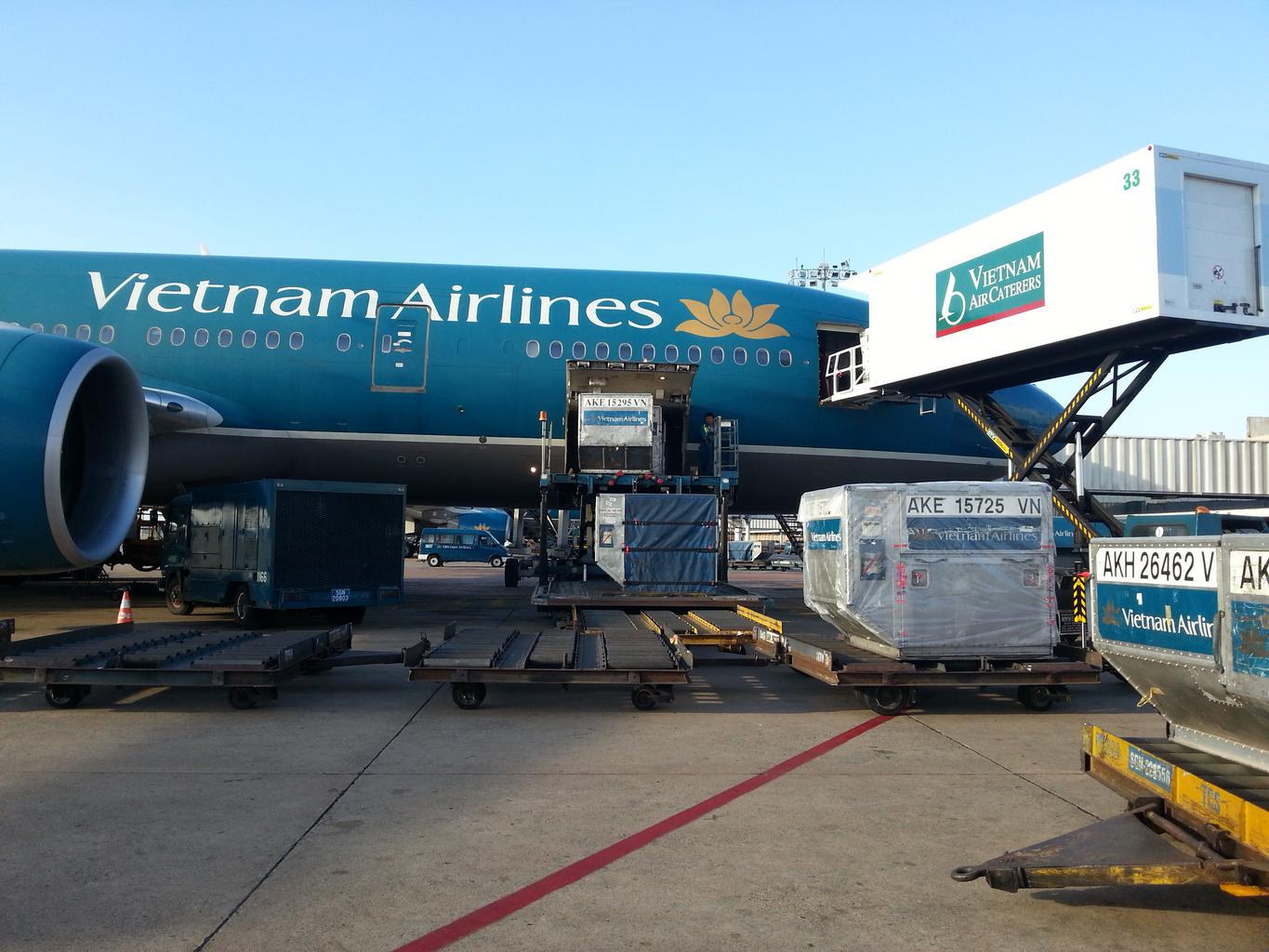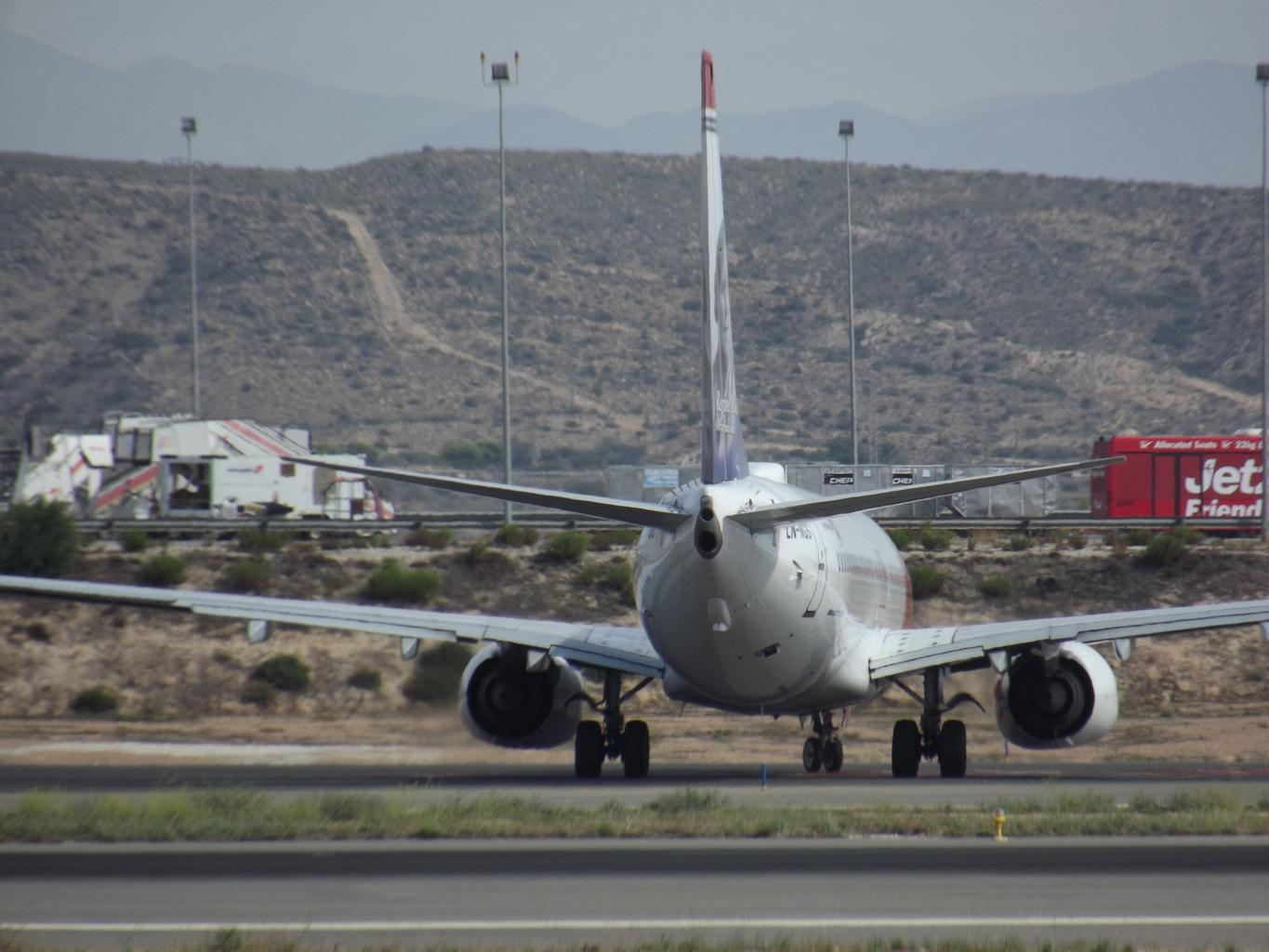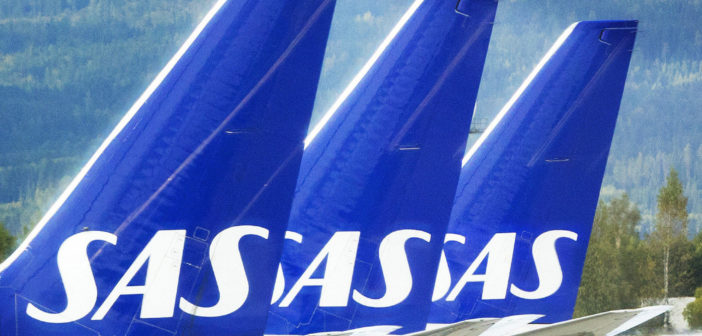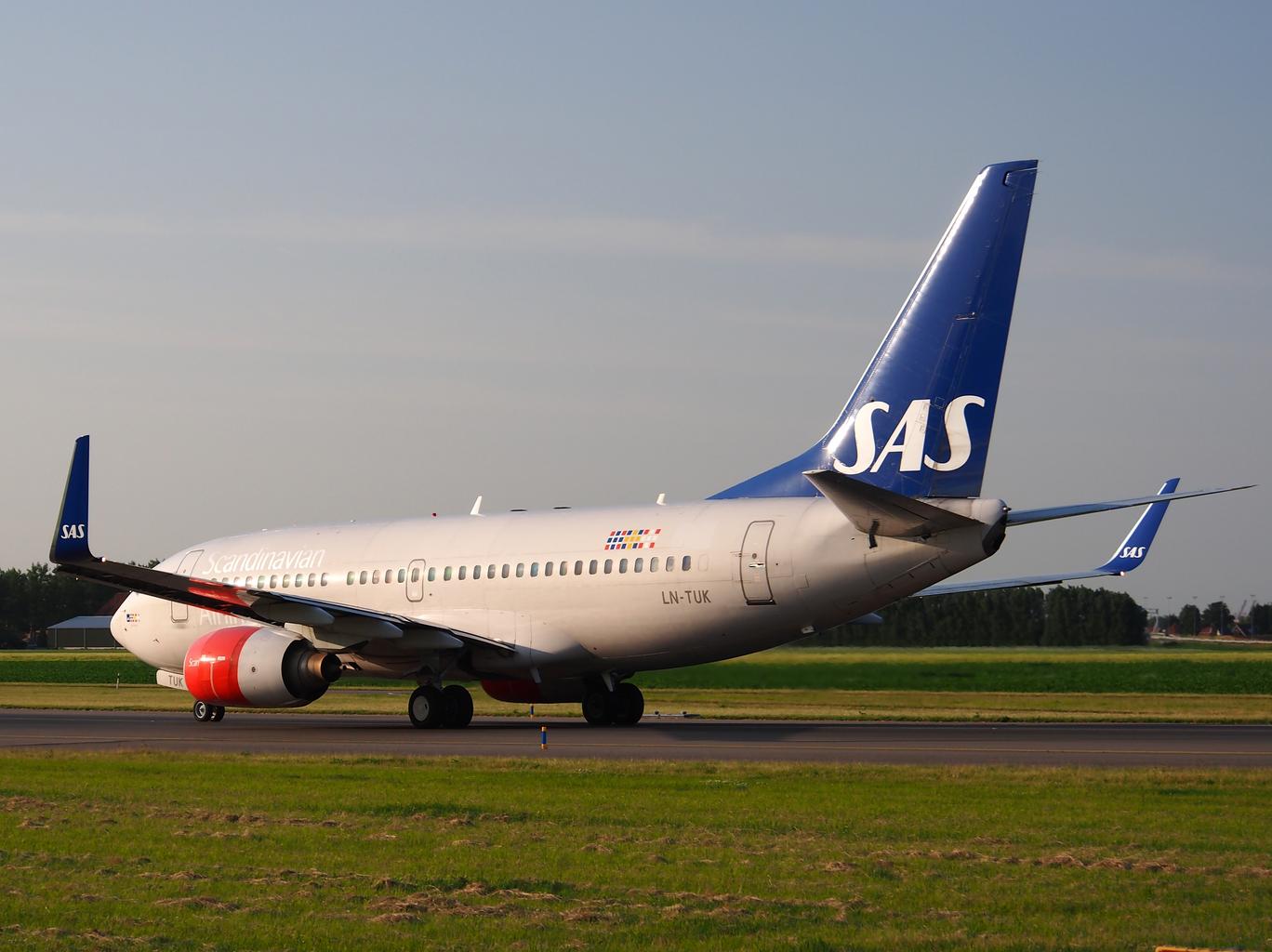British Airways sacks 350 pilots and puts 300 in 'pool' for
rehire 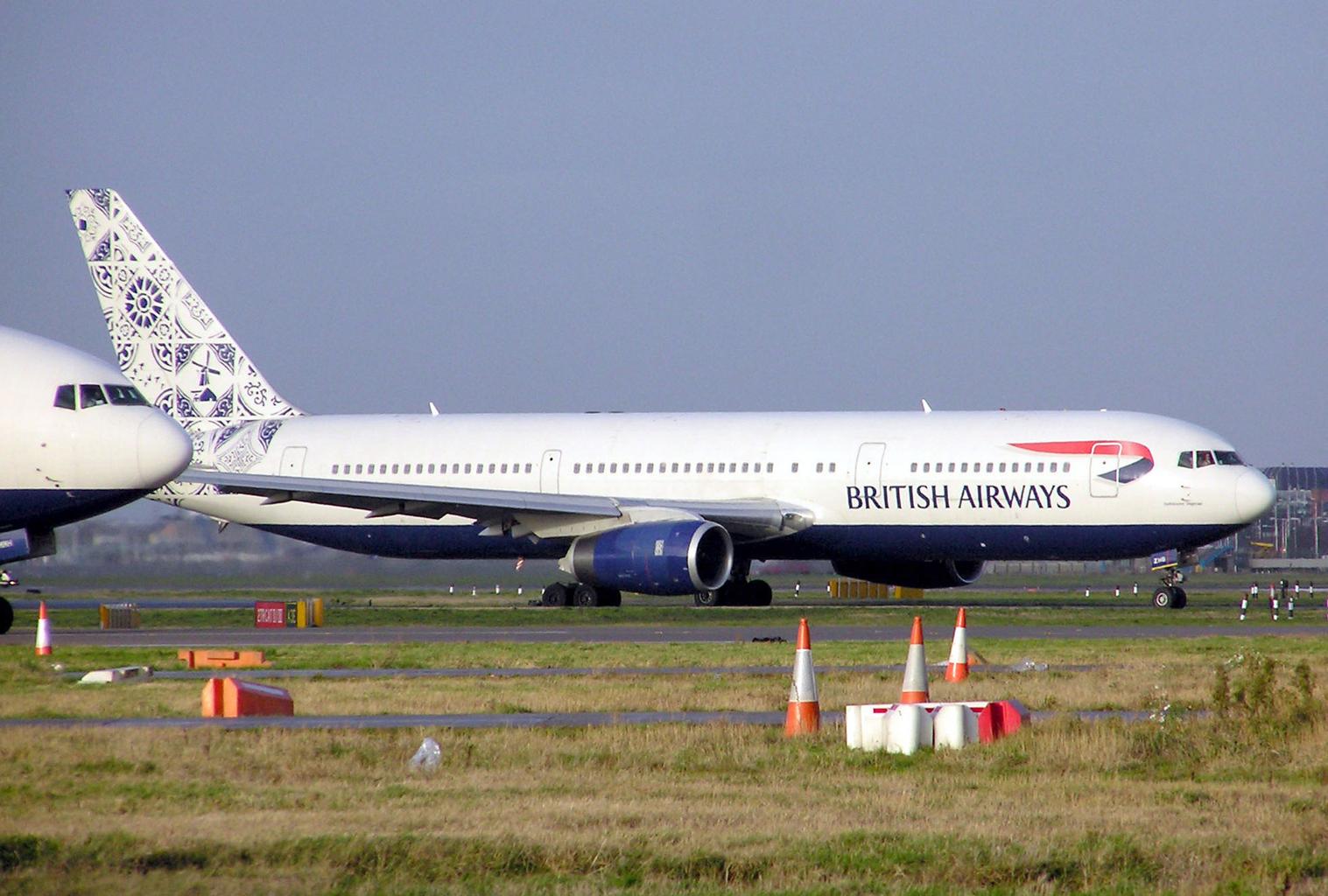 June 28 (Reuters) - British Airways, which has said it needs to cut 12,000 jobs and proposed pay cuts for cabin crew, has reached a deal with its pilots that will see 350 laid off and another 300 put in a 'pool' for rehiring when needed, The Sun on Sunday reported here Captains and first officers placed in the pool do not currently have an aircraft to operate and will remain on half-pay, the report said, while all other operating flight crew will take a 15% pay cut. Once 'pooled' pilots return, operating flight crew members will get 7.5% of their deducted pay back, while the rest of the pay cut will be lost, the report added. The majority of pilots being 'pooled' will be Boeing 747 jumbo jet first officers. British Airways, owned by International Consolidated Airlines Group, which also owns Aer Lingus, Iberia and Vueling, said in an emailed statement that "constructive talks are ongoing with (UK pilots union) BALPA to save as many jobs as possible." BALPA did not immediately respond to a request for comment. Reuters reported last week that British Airways has made a proposal to its cabin crew on pay cuts. The airline plans to lay off a quarter of its pilots. Planes were grounded in March by lockdowns to curb the coronavirus pandemic, tipping the industry into crisis. https://www.reuters.com/article/health-coronavirus-iag-pilots/british-airways-sacks-350-pilots-and-puts-300-in-pool-for-rehire-the-sun-idUSL3N2E50AG Back to Top |
Delta could furlough more than
2,500 pilots, will downsize flight attendant bases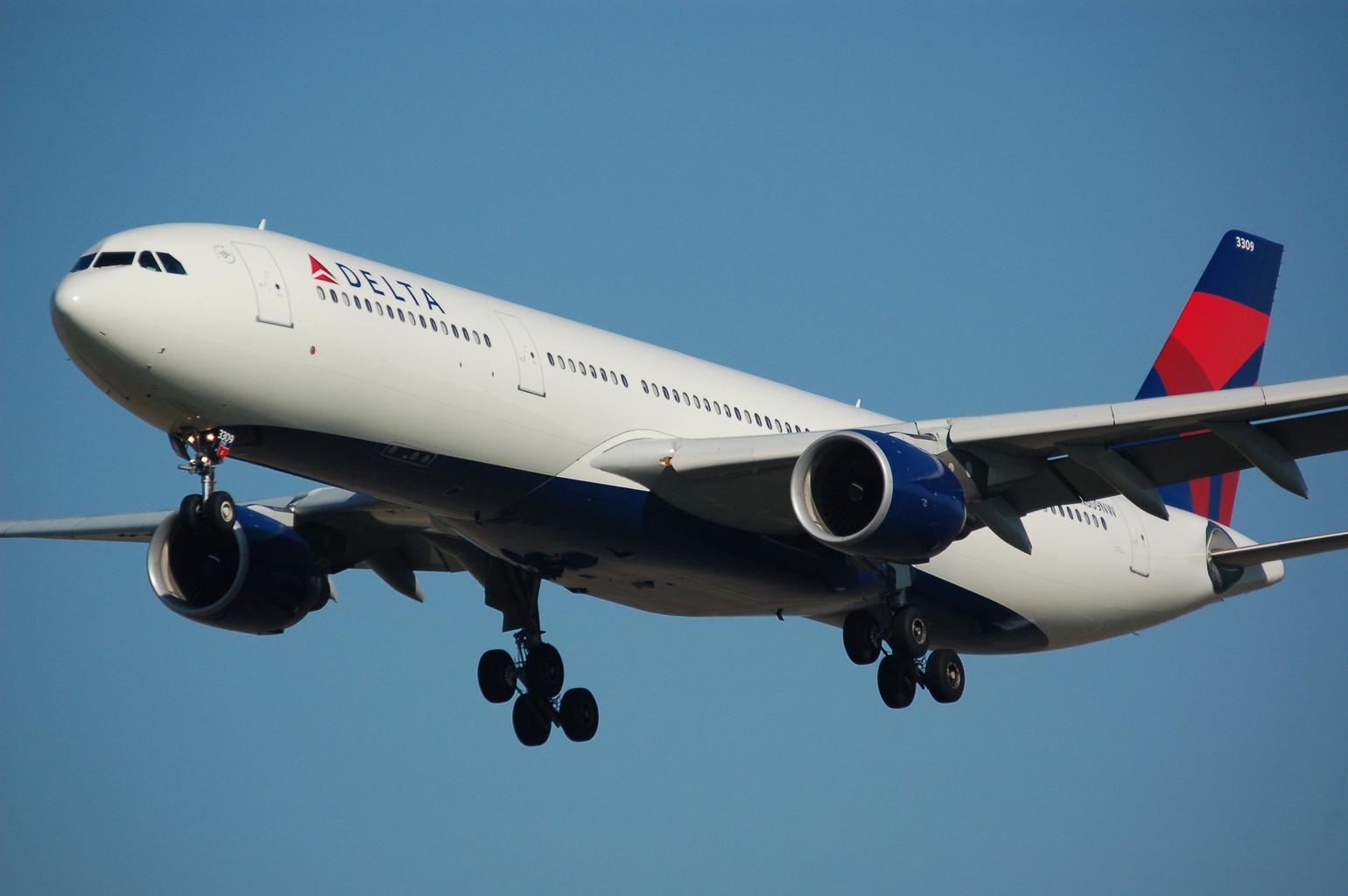 This post contains references to products from one or more of our advertisers. We may receive compensation when you click on links to those products. Terms apply to the offers listed on this page. For an explanation of our Advertising Policy, visit this page. Delta Air Lines is offering more details on its plans to shrink as the coronavirus pandemic continues to take a big bite of its business, warning thousands of pilots of possible furloughs and closing flight attendant bases across the country. The Atlanta-based carrier intends to notify 2,558 pilots of possible furloughs in the coming weeks, Delta senior vice president of flight operations John Laughter told staff in a memo on June 26 viewed by TPG. The furloughs will occur after the employment protections under the federal government's coronavirus aid package, or CARES Act, sunset on Sept. 30. CNBC first reported on the furlough notices that will be sent to some of Delta's roughly 13,000 pilots. Other major U.S. carriers, including American Airlines and United Airlines, are expected to follow Delta's lead and warn staff of layoffs or furloughs in the coming weeks. Under federal rules, the airlines must give workers 60 days notice - or by early August for an October furlough. The Air Line Pilots Association (ALPA) and Association of Flight Attendants-CWA are both pushing to get the U.S. Congress to extend the worker protections under the CARES Act. ALPA represents pilots at Delta and a number of other carriers. The layoffs are in preparation for what many in the industry expect a years-long recovery from the coronavirus pandemic. The International Air Transport Association (IATA) has warned that domestic flying may not return to 2019 levels until 2022, and international flying until 2024. In addition to the pilot reductions, Delta will downgrade its flight attendant bases in Cincinnati (CVG), Honolulu (HNL) and San Francisco (SFO) to a remote status, the airline's senior vice president of in-flight service Allison Ausband told cabin crews in a separate memo on June 26. While no longer officially bases per Delta's own guidelines, a select number of cabin crewmembers - around 80 in Cincinnati and Honolulu - will be able to continue to begin and end trips in the cities after the transition. However, the availability of similar remote statuses for Delta flight attendants in Chicago, San Diego and Tampa will end, said Ausband. She did not provide a timeline for any of the changes. The downgraded statuses are not expected to impact Delta's flying from any of the cities for the foreseeable future, though much about the trajectory of the recovery remains unknown. However, the fate of Delta's former hub in Cincinnati may be sealed. The airline unveiled plans to close its pilot base there in May leaving the city - once its sole Midwestern hub - with no official Delta base, just the remote status for flight attendants. "The unprecedented challenges of COVID-19 have impacted our business and people in ways we never could have imagined," said Ausband. "It pains me to be talking about an in-flight landscape where we're shrinking in size and footprint; however, we know it's the right, but difficult thing to do to help our company weather this storm." Ultra low-cost carrier Frontier Airlines has already announced expanded service from Cincinnati on five routes beginning in July. The discounter's CEO Barry Biffle recently told TPG in an exclusive interview that the carrier plans to grow out of the crisis. Every U.S. carrier faces serious challenges from the pandemic. In April, the industry as a whole flew less than 20% of what it flew a year ago amid unprecedented flying reductions aimed to stem losses as most would-be travelers stayed home, according to data from trade group Airlines for America (A4A). Still, financial losses surpassed $100 million a day at the worst-hit carriers. While some leisure travelers have returned, the industry still faces the prospect of a multi-year recovery. Discounters like Frontier and Spirit Airlines that fly mostly holidaygoers have seen the largest share of their flyers return. At the same time, major carriers American, Delta and United that rely more on business travel are seeing a more muted recovery. Delta has taken a conservative approach to the recovery. In addition to repeatedly warning staff of furloughs or layoffs to come, executives have said the airline only plans to be flying about half of what it flew at the end of 2019 this December. However, the recent rise in COVID-19 infections in some southern and western states may slow this. In preparing for this smaller future, Delta has retired its McDonnell Douglas MD-88 and MD-90 jets, and will remove its Boeing 777s sometime this fall. "Things were starting to improve but then what happened, the virus," Delta CEO Ed Bastian told staff during a virtual town hall on June 25 viewed by TPG. "We'll continue to stay, as best we can, ahead of the virus." Delta hopes to be breaking even financially by the end of the year. However, to get there executives have said it must reduce costs in line with being a smaller airline. https://thepointsguy.com/news/delta-pilot-furlough-closing-flight-attendant-bases/ Back to Top |
Spanish airline Iberia will downsize due to coronavirus:
CEO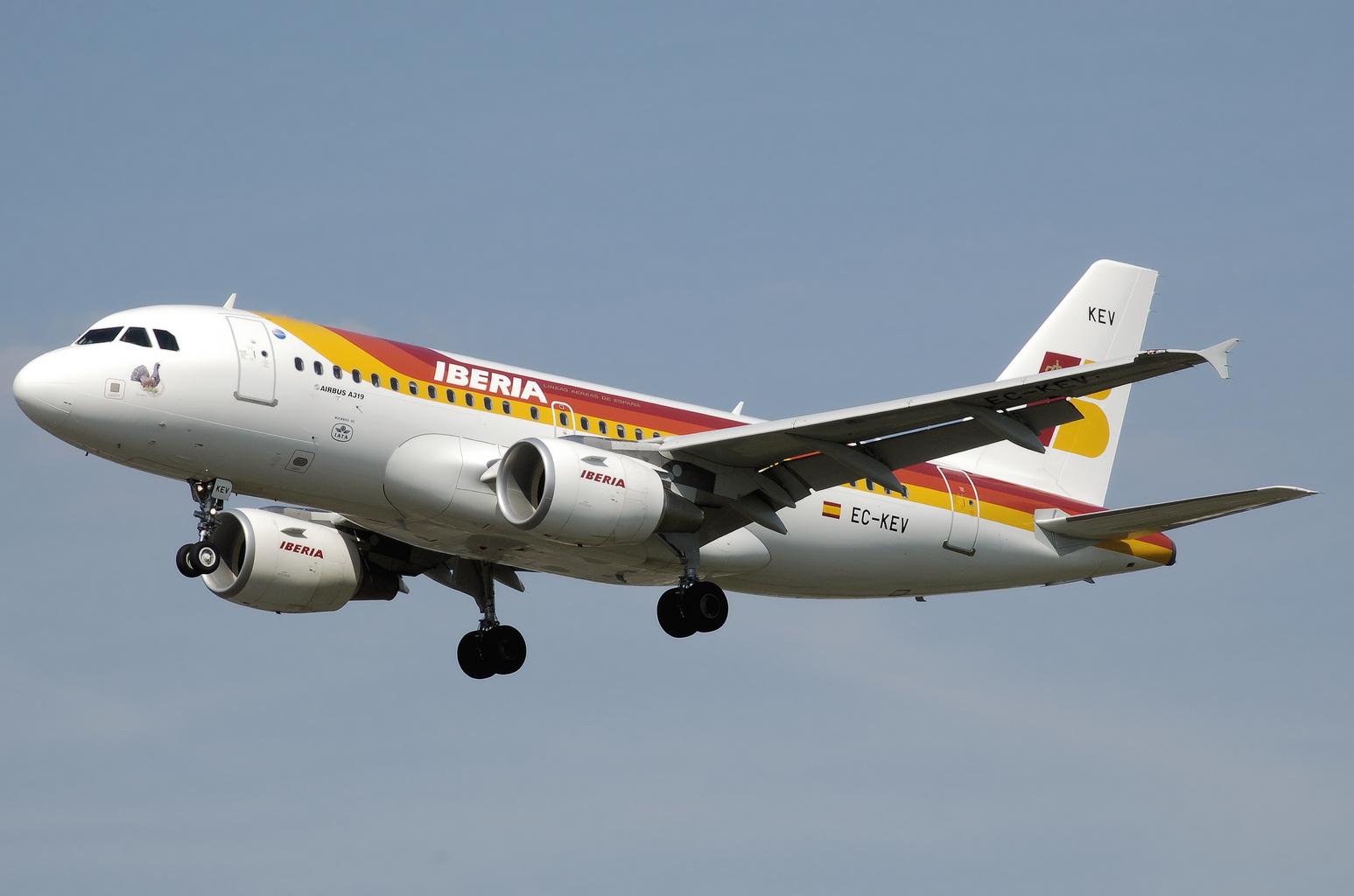 BARCELONA (Reuters) - Spanish airline Iberia will reduce the size of its fleet, the number of destinations it flies to and how frequently as the coronavirus pandemic continues to drag on demand, its chief executive officer said in a newspaper interview. Luis Gallego also told El Pais that Iberia, part of International Consolidated Airlines Group (IAG.L), wants to extend a temporary layoff scheme for workers, known as ERTE, until December. "In Iberia, we will be smaller, but we will exist, something that it is not clear other airlines will be able to say," Gallego said in the interview, published on Sunday. "Smaller, unfortunately, with the capacity adapted to the demand. We will have fewer planes, fewer flights and fewer destinations." The Madrid-based airline has been losing 7 million euros per day as lockdowns to curb the spread of coronavirus have grounded planes, he said. Iberia will withdraw 17 Airbus A340-600 planes from its fleet, he said. Gallego, who will take over as chairman of IAG in September, said demand in the airline industry was not expected to return to 2019 levels until 2023 or 2024. In May, Iberia and Vueling, both part of IAG, secured 1 billion euros ($1.1 billion) of government-backed loans to cope with the fallout from the coronavirus pandemic, which has tipped the airlines industry into its biggest ever crisis. |





